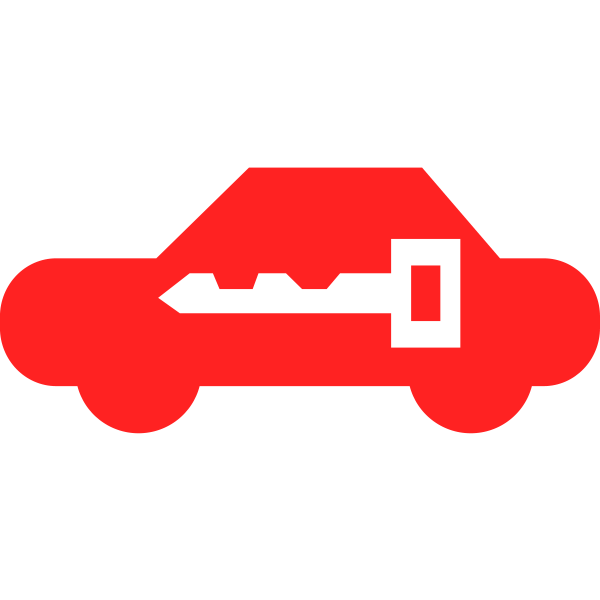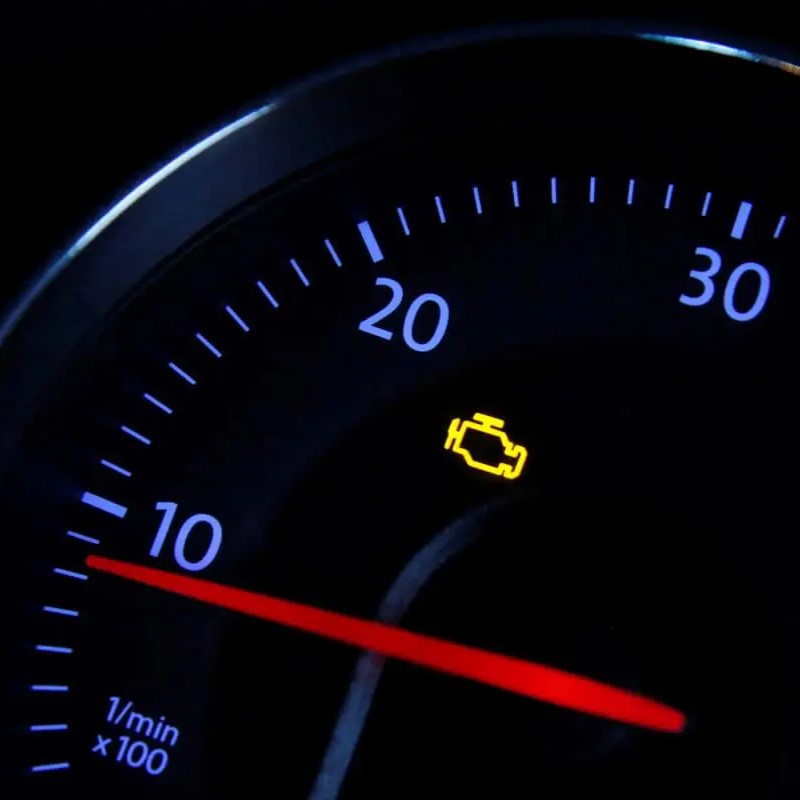The dashboard. A sea of symbols and lights, most glowing a reassuring green, some flickering with warnings. But one, in particular, can strike fear into the heart of even the most seasoned driver: the ABS light.
ABS, or Anti-lock Braking System, is a critical safety feature that prevents wheels from locking during hard braking. This allows drivers to maintain steering control even in emergency situations. So, when the ABS light illuminates, it’s natural to worry. What does it mean? Is it safe to drive?

Illuminating the Issue: Common Causes of the ABS Light
There are several reasons why your ABS light might come on. Here are some of the most common culprits:
-
Low Brake Fluid: Believe it or not, a simple lack of brake fluid can trigger the ABS light. Brake fluid plays a vital role in transmitting pressure from the pedal to the wheels. Low levels can disrupt this process and confuse the ABS system.
-
Faulty Wheel Speed Sensor: Each wheel on your car has a sensor that monitors its rotational speed. This information is crucial for the ABS system to function. If a sensor malfunctions, the system might not receive accurate data, leading to the warning light.
-
Malfunctioning ABS Module: The ABS module is the brain of the entire system, processing information from the wheel speed sensors and controlling the hydraulic system. A malfunctioning module can throw the whole operation into disarray, triggering the ABS light.
-
Blown Fuse: Less common, but still a possibility, is a blown fuse. Fuses act as safety switches, protecting electrical circuits from overload. If the ABS fuse blows, it can interrupt power to the system, causing the light to illuminate.

More Than Illumination: Potential Consequences of a Faulty ABS System
A lit ABS light signifies a problem within the anti-lock braking system. While your regular brakes might still function to some degree, there are potential consequences to consider:
Compromised Braking Performance:
The primary function of ABS is to prevent wheel lockup during hard braking. Without a functioning system, your wheels are more prone to locking, reducing steering control and potentially increasing stopping distances.
Reduced Safety in Slippery Conditions:
ABS is particularly beneficial on slick roads like rain, snow, or ice. When the system isn’t operational, maintaining control during emergency braking becomes more challenging.
Potential for Further Damage:
Ignoring a lit ABS light can lead to further problems down the road. Underlying issues can worsen, potentially leading to more expensive repairs later.

If your ABS light comes on, here are the recommended steps:
-
Consult Your Owner’s Manual: Your car’s manual will likely have specific instructions for troubleshooting a lit ABS light. It might also provide information on the location of the ABS fuse, which you can visually inspect for signs of damage.
-
Perform a Visual Inspection: Take a quick look around your wheels and brakes. Check for any obvious damage to the sensors or loose connections. While a visual inspection won’t diagnose the exact problem, it can sometimes reveal simple fixes.
-
Schedule a Service Appointment: Don’t delay! A lit ABS light indicates a problem within a critical safety system. Schedule a service appointment with a qualified mechanic as soon as possible. They will have the diagnostic tools and expertise to pinpoint the exact cause of the issue and recommend the necessary repairs.

Keeping Your ABS System Healthy: Preventative Measures
Just like any other part of your car, the ABS system requires some TLC to function optimally. Here are some preventative measures to consider:
-
Regular Brake Maintenance: Regular brake inspections and maintenance are crucial for overall braking health. This includes checking brake fluid levels, pad wear, and rotor condition. A healthy braking system translates to a healthy ABS system.
-
Avoidance of Deep Water: While modern cars are typically well-sealed, driving through deep puddles or submerged areas can potentially damage wheel speed sensors.
-
Sticking to the Maintenance Schedule: Your car’s manufacturer recommends specific maintenance intervals for various components. Following these guidelines can help identify and address potential problems before they trigger the ABS light.
Importance of safe driving practices to avoid sudden stops or skidding
Imagine cruising down the road, music playing, enjoying the drive. Suddenly, a car cuts you off, forcing a hard brake. Or, you hit a slick patch on a rainy day, causing your wheels to lose traction. These situations can be nerve-wracking, but by practicing safe driving habits, you can significantly reduce the chances of encountering them in the first place.
- Maintaining a Safe Distance: One of the most crucial safe driving practices is maintaining a safe following distance. This allows you ample time to react to the car ahead slowing down or coming to a complete stop. The general rule of thumb is the two-second rule: pick a fixed point on the road ahead of the car in front of you, and count two seconds after they pass that point. If you pass the point before counting to two, you’re following too closely.
- Anticipating Hazards: A skilled driver isn’t just focused on the car directly ahead; they’re actively scanning the road for potential hazards. This includes looking out for brake lights several cars ahead, watching for pedestrians or cyclists, and being aware of weather conditions. By anticipating potential issues, you can adjust your speed and driving behavior accordingly, reducing the need for sudden stops.
- Staying Alert and Focused: Distracted driving is a major cause of accidents. When you’re texting, eating, or simply lost in thought, your reaction time slows, and you’re less likely to spot potential hazards in time. Staying focused on the road allows you to anticipate situations that might require sudden braking or maneuvering.
- Adjusting Speed for Conditions: Speed limits are a guideline, not a hard and fast rule. Driving conditions like rain, snow, fog, or even heavy traffic all necessitate adjusting your speed. Slower speeds give you more time to react and prevent skids on slick surfaces.
- Smooth Braking and Braking Techniques: While sudden stops might seem unavoidable in emergencies, practicing smooth braking techniques can make a significant difference. Apply firm, gradual pressure to the brake pedal instead of slamming on it. This allows you to maintain more control over your vehicle and reduces the risk of wheel lockup, which can lead to skids.
- Understanding Your Vehicle’s Limits: Not all cars are created equal. Knowing your vehicle’s braking capabilities and handling characteristics is crucial. Practice braking in a safe, controlled environment to get a feel for how your car reacts under pressure. This can help you avoid pushing it beyond its limits in a real-world situation.
By incorporating these safe driving practices into your routine, you’ll be better equipped to handle unexpected situations on the road. Remember, a little prevention goes a long way in ensuring a smooth and safe driving experience for yourself and everyone around you.

The Bottom Line: Don’t Ignore the ABS Light
A lit ABS light is a warning sign that shouldn’t be ignored. While your car might still brake to some extent, the underlying issue can compromise your vehicle’s safety in emergency situations. By understanding the common causes, potential consequences, and recommended actions, you can ensure your car’s braking system remains in top condition, keeping you and your passengers safe on the road.





